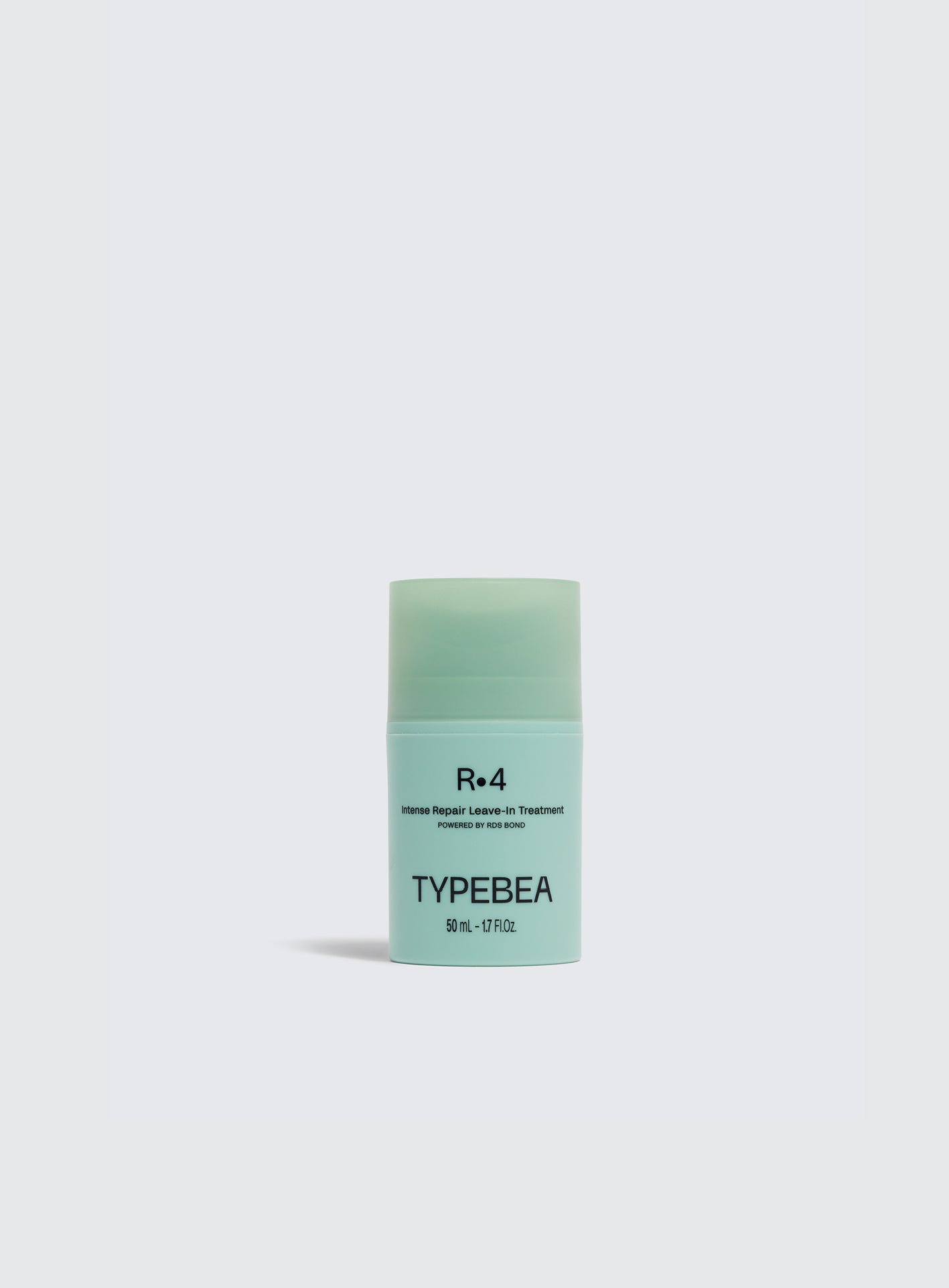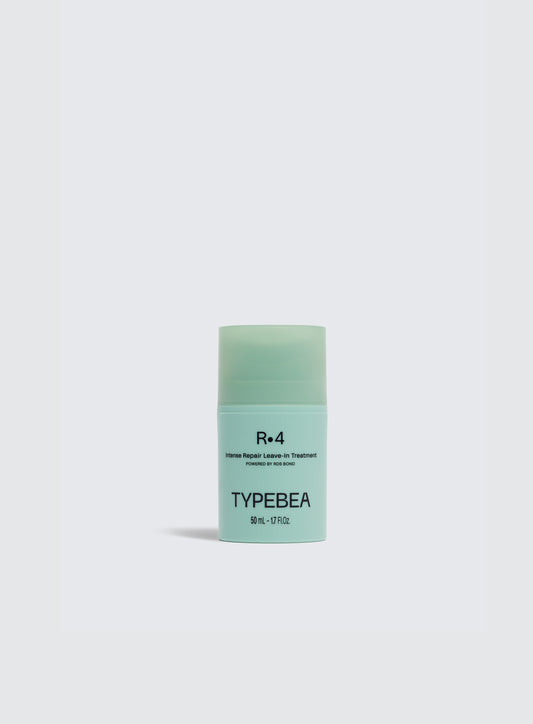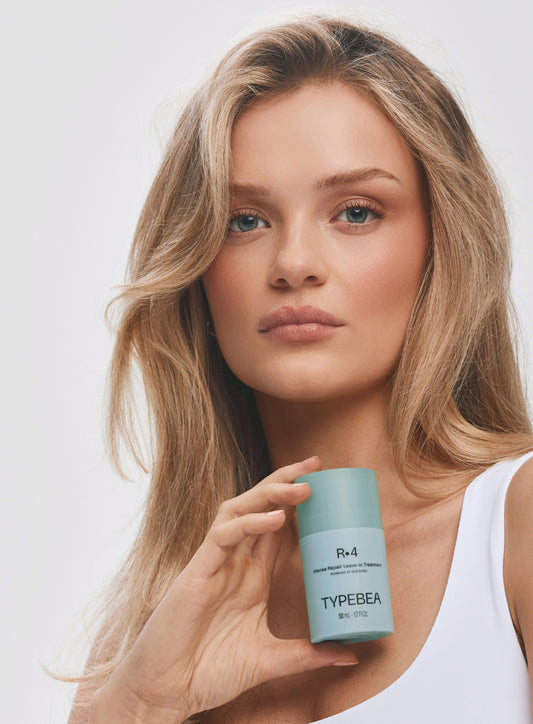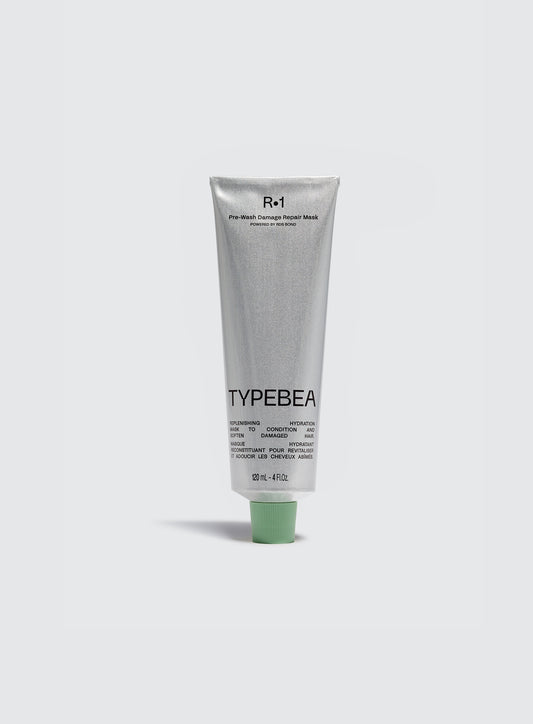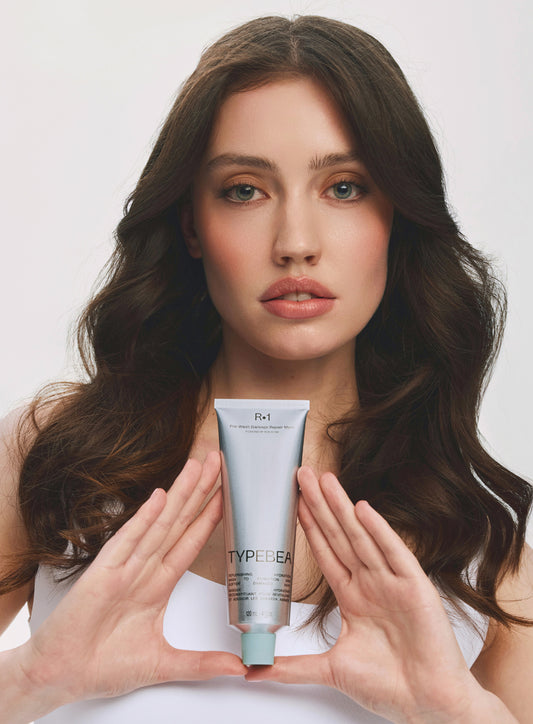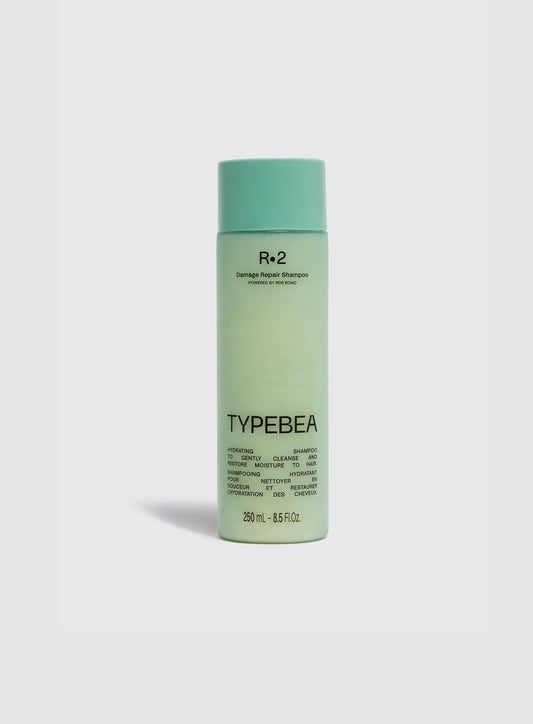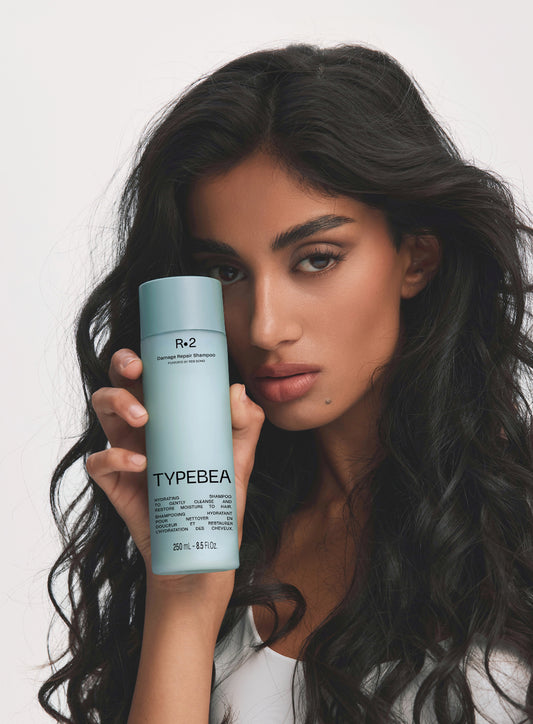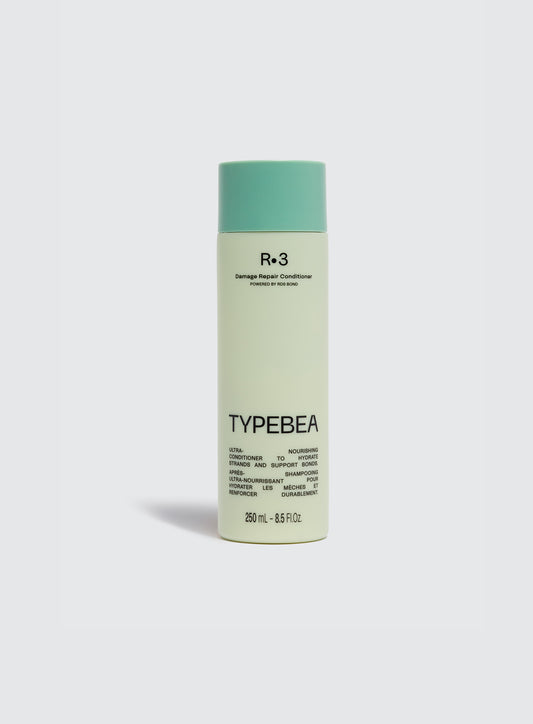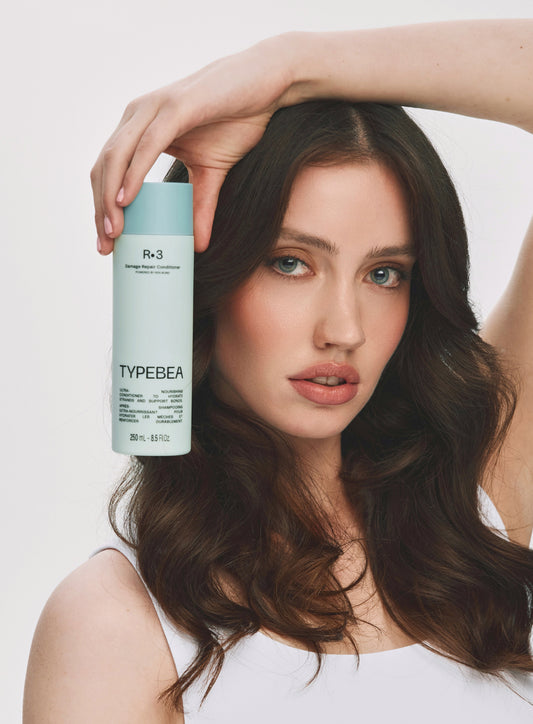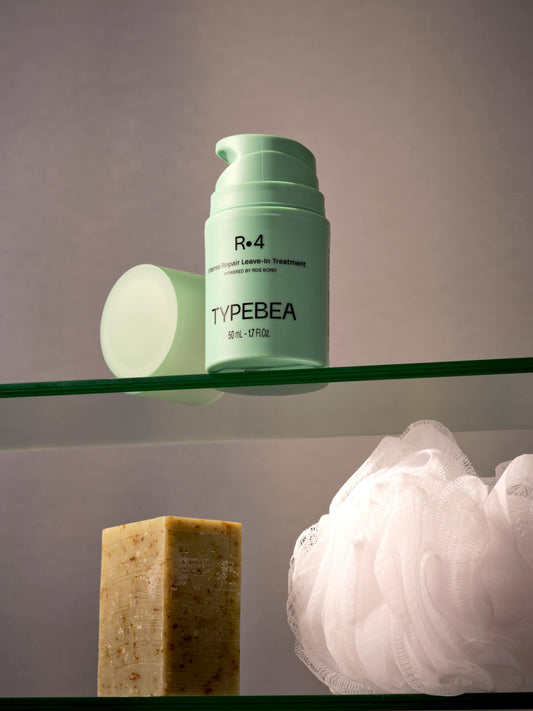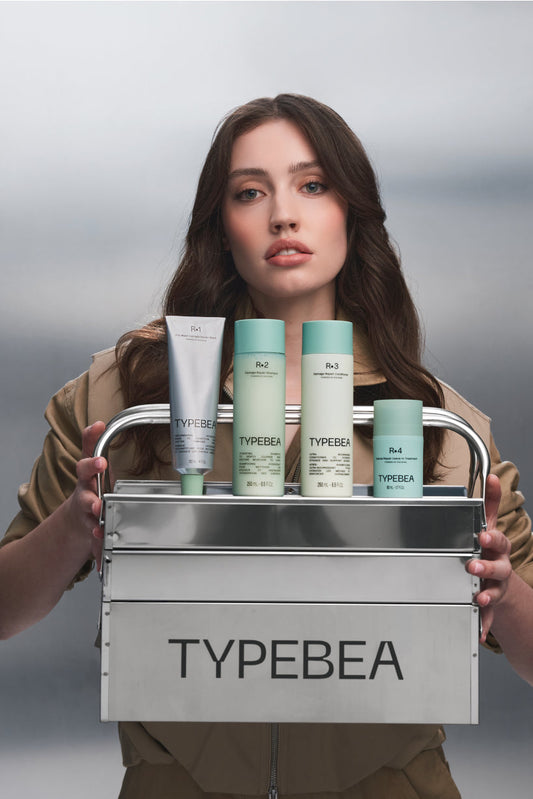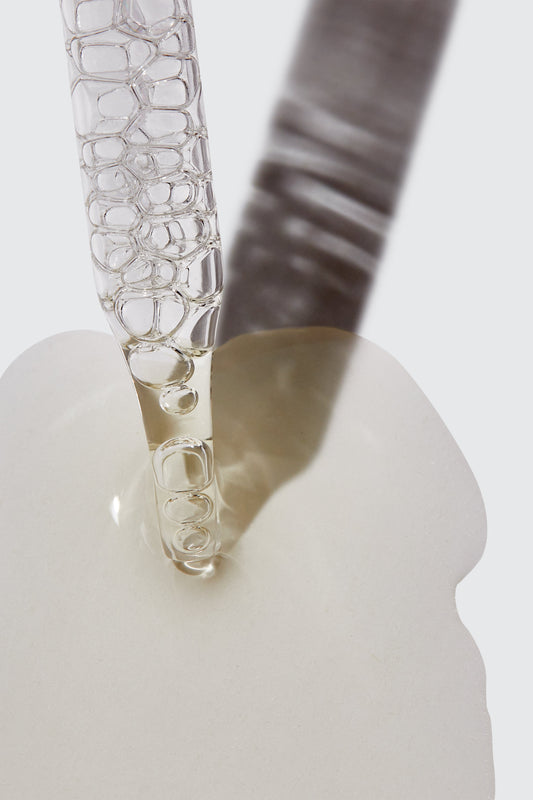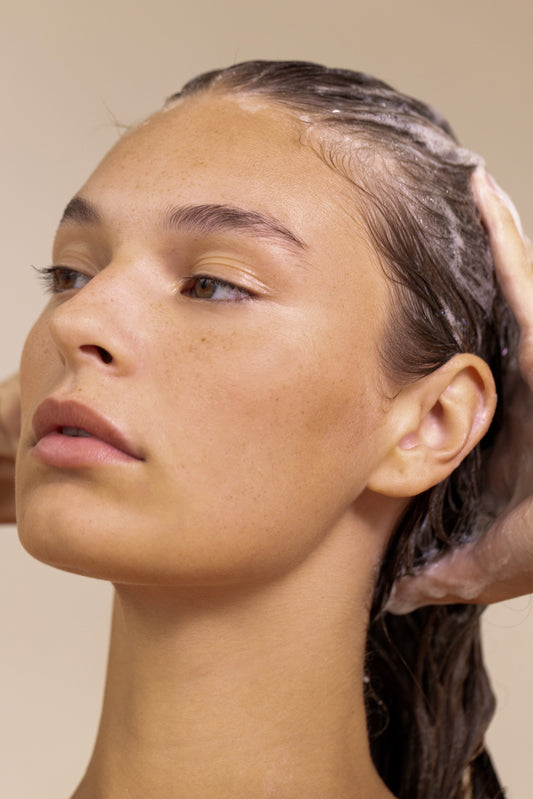More than a quick fix, it’s a science-backed way to rebuild the internal structure of your hair, making it stronger, shinier, and more resilient. Let’s break it down.
What are hair bonds?
Hair isn’t just one smooth strand. Each fibre is built on three types of chemical bonds:
Hydrogen bonds – Weak but flexible bonds that change with heat and water (think styling or humidity).
Ionic (salt) bonds – Moderate-strength bonds that can be disrupted by pH changes in your products or environment.
Disulfide bonds – The heavy lifters. These covalent bonds give your hair its real strength and elasticity. When they break, hair becomes weak, brittle, and prone to breakage.
Together, these bonds create the structure, bounce, and resilience that make healthy hair feel alive.
Signs of hair bond damage
You don’t need a microscope to know when your bonds are struggling. One of the first giveaways is persistent frizz and flyaways that never seem to smooth down, no matter how much product you apply. You might also notice that your hair has lost its natural gloss, appearing dull and flat rather than shiny and reflective.
A straw-like texture is another clear signal that the internal structure is weakened, leaving strands rough and brittle to the touch. Split ends tend to multiply quickly when bonds are compromised, travelling up the hair shaft and making hair look unhealthy overall. Tangling becomes a daily battle too — hair that once slipped through your brush with ease may now knot up, catching and snapping more often.
All of these signs point towards bonds that need serious repair, and they’re exactly what a bond repair treatment is designed to target.
Causes of hair bond damage
Several daily habits and external factors can cause bonds to weaken:
Chemical processing – Bleaching, dyeing, perming, and relaxing all attack disulfide bonds inside the hair.
Heat styling – Straighteners, curling wands, and blow dryers weaken keratin proteins, leading to breakage.
Environmental stress – UV rays, wind, chlorine, and pollution wear away at the cuticle and bonds over time.
Rough handling – Aggressive brushing, tight hairstyles, and towel-drying can snap weakened strands.
How bond treatment works
A hair bond treatment goes deeper than your average conditioner. Instead of just smoothing the outside, it penetrates into the cortex to reconnect broken protein bonds — especially disulfide bonds. The result? Hair that feels stronger, more flexible, and less likely to snap. Unlike surface hydration, this is true structural repair.
Hair bonders vs traditional deep conditioning
Think of traditional deep conditioners as a topcoat — they hydrate, soften, and smooth the cuticle. A bond repair product works beneath the surface, rebuilding the inner scaffolding so your hair has strength as well as softness. Ideally, your routine should include both: hydration for manageability and bond repair for long-term resilience.
How to incorporate bond repair treatment in your routine
Weekly Deep Bond Repair
A bond repair hair mask is your heavy hitter. Once a week, apply a mask like TYPEBEA’s R•1 Pre-Wash Damage Repair Mask. It penetrates all three layers of your hair (cuticle, cortex, and medulla), helping restore strength and elasticity from within.
Daily Bond-Building Cleanse and Condition
Switching to a bond repair shampoo and bond repair conditioner makes a huge difference. With every wash, you’re gently cleansing while reinforcing broken bonds, setting the foundation for healthier strands. TYPEBEA’s R•2 Damage Repair Shampoo and R•3 Damage Repair Conditioner are powered by RDS Bond Technology to keep repair front and centre of your routine.
Leave-In Bond Protection After Wash
For ongoing defence, a bond repair leave-in treatment works all day long. TYPEBEA’s R•4 Intense Repair Leave-In Treatment is a heavy-hitter, reducing hair breakage by 80% and leaving hair 52% stronger after just one use. It’s powered by TYPEBEA’s exclusive RDS Bond Technology, a triple-action system that repairs broken disulfide bonds, defends against new damage, and restores shine so your hair looks and feels stronger from the very first use.
How to Maintain Your Bond Repair Results
Bond repair isn’t a one-and-done. Results are visible after just one application, but maintaining them means sticking with your routine. Reduce heat styling where you can, opt for looser hairstyles, and protect your hair from the sun. Think of bond care as a lifestyle for your hair — not just a treatment.
FAQs About Hair Bonding Treatment
Can you use bond-building products along with traditional haircare?
Yes — bond builders complement your existing hair care routine. Keep your favourite hydrating masks or styling products; just layer bond care in for structural support.
Is bond repair treatment only for bleached hair?
Not at all. While bond treatments are a lifesaver for chemically processed hair, anyone dealing with dryness, frizz, or heat damage can benefit.
How frequently should I use bond repair products?
It depends on your hair’s condition. Some people need weekly intensive masks, others use bond repair shampoo and conditioner daily. Listen to your hair.
Who should use a hair bonding product?
Anyone with chemically treated, heat-damaged, or naturally fragile hair can benefit. If you’ve got split ends, dullness, or just want stronger, glossier strands — bond treatments are for you.
Ready to see what bond care can do? Explore the TYPEBEA Bond Repair Range and discover how bond treatment for hair can transform your routine.
